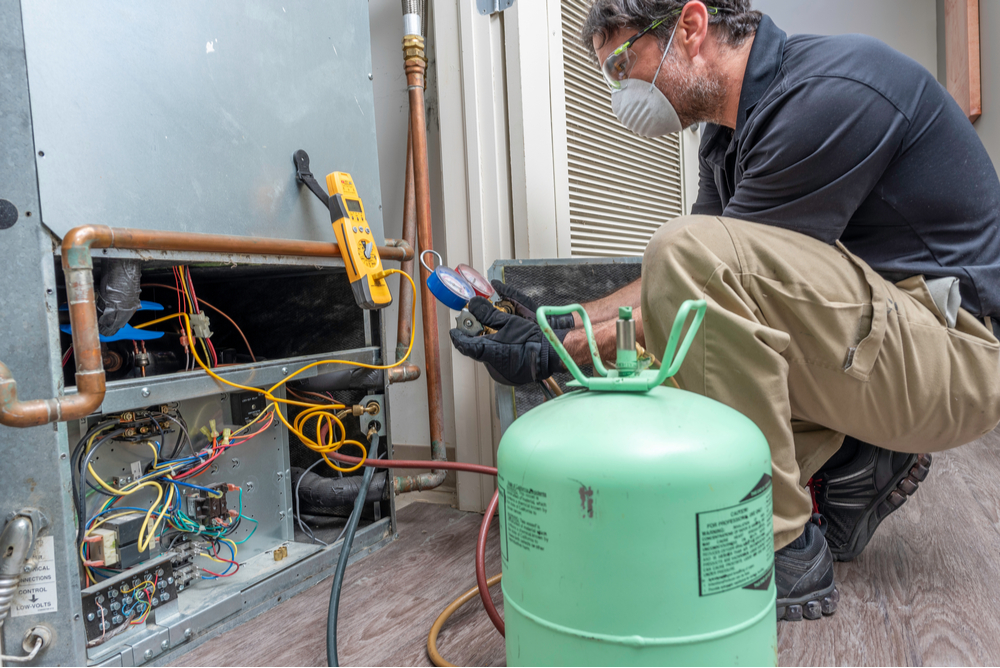When many people think of essential workers, they think either of highly educated healthcare and education professionals, or of the grocery store clerks, sanitary workers and food delivery people who have kept food on our tables and garbage off our streets throughout the pandemic — the unskilled workers suddenly hailed as unsung heroes.
Perhaps even more unsung, however, have been those hands-on professionals in the skilled trades. When you look at the workers most frequently classified as essential by most state and federal recommendations, according to the National Conference of State Legislatures (NCSL), these are the jobs that stand out as the most urgent need — the power plant operators and wastewater maintenance technicians, the plumbers, HVAC techs and electricians.
Most Common Essential Worker Categories:
- Energy
- Child care
- Water and wastewater
- Agriculture and food production
- Critical retail (i.e. grocery stores, hardware stores, mechanics)
- Critical trades (construction workers, electricians, plumbers, etc.)
- Transportation
- Nonprofits and social service organizations
Coronavirus Compounds Skills Crisis
Even before COVID-19, many of these professions were already undergoing a major skills crisis in the U.S. As more young adults have chosen to pursue college, the skilled trades have been grappling with an aging labor pool predominantly made up of Baby Boomers nearing the end of their careers. The average age in the skilled trades is 58 in the U.S., with 60% saying they will retire in the next 10 years.
Three out of four firms were predicting a shortfall of qualified skilled trade workers — and that was before the pandemic. Coronavirus has compounded the problem. Older demographics have the highest probability of experiencing fatality or serious health complications from COVID-19.
As a result, many skilled tradespeople are accelerating their retirement. Enlisting a new generation of tradespeople is about more than keeping the lights on or the economy moving; it’s about the health and lives of essential workers at stake.
Urgent Demand and Big Opportunities in the Skilled Trades
The skilled trades present an opportunity for tens of millions of U.S. job seekers — particularly those seeking well-paying careers without taking on thousands of dollars in student loans. As we head into an unpredictable final quarter of 2020, here are some of the hands-on technical professions most in need of well-trained essential workers.
COVID Prevention Spurs HVAC Upgrades
After slumping during the initial phase of the pandemic — as the overall economy shrank at a record-breaking annualized rate of 33% between April and June— the heating, ventilation and air-conditioning (HVAC) segment has bounced back dramatically. According to a study from Jobber, revenue growth has already returned to pre-pandemic growth levels.
Contributing to the rebound — and to the urgent need for more skilled HVAC technicians — is the growing consensus that airborne transmission is a major factor for the spread of SARS-2 novel coronavirus. Analysts are beginning to recommend that buildings with old or inflexible systems, upgrade their HVAC hardware to improve air purification, ventilation and airflow management in order to reduce the probability of virus transmission.
Accordingly, both residential and commercial customers are buying more high-end systems, with an emphasis on indoor air quality. The trend is expected to continue, according to a leading HVAC trade publication, which quotes several different HVAC executives, all of whom agree to witnessing a “dramatic increase” in demand for “everything from UV air purifiers, ion generators, electric air cleaners and media cleaners, among others.”
However, installing and repairing these more sophisticated products requires additional specialized technical training. With demand for HVAC not only growing, but becoming an increasingly important pillar of opening back up the economy, ensuring we have the skilled technicians to do so is critical. Read more about how COVID-19 is affecting the industry and how businesses are responding in our ebook.
There’s money and opportunities in the Skilled Trades
For these jobseekers, the hands-on skilled trades offers the best career opportunities with the highest earning potential. Of the top 10 best-paying blue-collar jobs, seven involve the maintenance, repair and operation of electrical infrastructure and equipment, according to an analysis from Business Insider:
- #1. Nuclear power reactor operator
- #3. Power distributor and dispatcher
- #4. Elevator installer and repairer
- #6. Powerhouse substation and relay electrical and electronics repairer
- #7. Power plant operators
- #9. Petroleum pump system operators, refinery operators and gaugers
- #10. Signal and track switch repairers
Of these, the highest-paying job, nuclear power reactor operators, has a median annual salary of $100,530. Power dispatchers and elevator techs also do very well, with median annual salaries of $90,700 and $84,990, respectively.
As with solar and wind technicians, all these roles are critical for sustaining the infrastructure that underpins the modern economy — and all require investment in specialized training.
Everyday Repairmen Are the Unsung Heroes of Unsung Heroes
While their job titles may not sound as flashy, everyday general electricians, plumbers and maintenance workers are every bit as essential as solar photovoltaic installers or nuclear power reactor operators. After all, they literally keep the lights on.
As with HVAC professionals, these skilled tradespeople experienced a lull during the initial phases of the pandemic — when lockdown orders were most stringent and coronavirus transmission was least understood — followed by a sharp rebound in recent months. Many businesses have reported a backlog of requests for repairs that had been put off earlier during the crisis.
For example, in the U.K., sales are up 6% year-over-year for SMB electricians, plumbers and maintenance workers. Meanwhile, the demand for plumbers, in particular, is expected to grow “much faster than average” relative to other jobs, according to the Bureau of Labor Statistics — 14% through 2028 — even as the Baby Boomers who make up the bulk of the labor pool continue to retire in droves.
With a staggering 42% of the entire U.S. labor force now working from home full time, incidents that had been nuisances to individual homeowners — such as a leaking toilet or an overloaded circuit — have suddenly become full-blow disruptions to economic activity of every kind. That makes it more critical to encourage young people to enter trades like plumbing and electrical work, and to give them the training they need.
Closing the Trade Skills Gap Amidst Global Pandemic
Although becoming a solar panel installer or an HVAC technician may not require five years of higher education, there’s still a reason we call them “skilled trades.” As the pandemic continues, and the aging labor pool dwindles, it’s increasingly critical that we find creative ways to educate employees and job seekers about the opportunities offered by these essential jobs, and provide safe access to the training required to pursue them. Read our report on how EdTech is transforming in response to the pandemic.
Invest in Training Now to Save Later
Current economic and public health conditions make training difficult; however, companies that fail to invest in training now will be “delaying their investment, not netting a saving,” as was widely observed after the Great Recession, when many businesses cut training budgets.
While lockdown policies and work-from-home orders make training for hands-on trade skills difficult, many are reporting how VR technologies centered around immersive learning have helped organizations safely train essential workers ranging from medics to HVAC technicians and plumbers.








